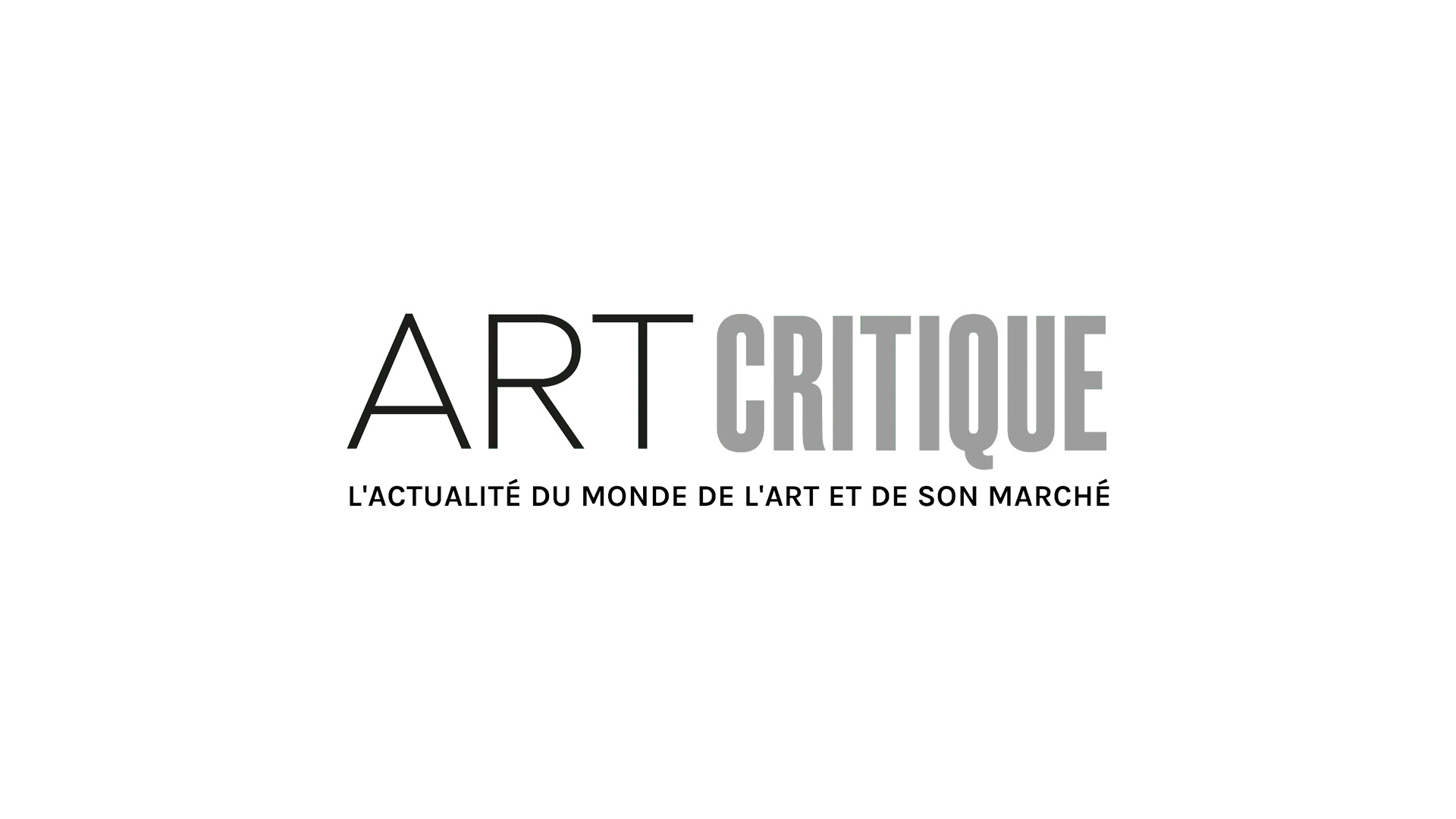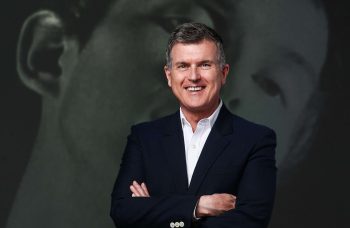In many cases, it’s a lot easier for an artwork to find its way into a museum than it is to find the exit. If you follow restitution news, you’re incredibly familiar with the obstacles families and countries have to navigate to even hope to see an artwork returned to its original home. That’s why Eike Schmidt, director of Italy’s beloved Uffizi gallery in Florence, is making headlines. Schmidt is making the case to have religious artworks held in Italian museums returned to their original places of worship.
Schmidt’s main reason behind his proposal is the original context of the works; the artworks Schmidt has in mind were created for religious purposes and when decontextualized, you miss much of that purpose. “Devotional art was not born as a work of art but for a religious purpose, usually in a religious setting,” Schmidt told The Art Newspaper. “If we did not believe that context was important, the Italian state would not have the legal concept of the art or architectural fixture [vincolo pertinenziale], or practice contextual archaeology instead of an Indiana Jones-type scrabble for mere masterpieces”

There are significant benefits to having religious works in museums. Museum-goers have access to multiple works by different artists in one place and you’re able to compare and contrast different styles and interpretations of religious stories. However, it was, in part, the need to shut such museums and galleries during the outbreak of COVID-19 that pushed Schmidt to make this suggestion. If works were taken out of their museum settings and placed back into public places of worship, they would reach a different audience than those who seek out such art in museums and galleries. Moreover, the experience would be starkly different.
Another argument for rehoming religious works is that they were never meant to stay, long term, at many of the organisations that house them, today. According to the Fondo edifici di culto (FEC), a government body that manages nearly 900 Catholic churches in Italy and is headed by Schmidt, roughly 1,000 religious artworks are housed in the stores of the Sporintendenze, a state body responsible for art, architecture, and archaeology. These works were brought to the state during WWII for safe keeping. These works were poorly catalogued and shouldn’t still be in storage, so, working to return them would benefit everyone.
With his statement, Schmidt offered that Duccio di Buoninsenga’s Rucellai Madonna (c. 1275) should be one such work to go back to its original home: Santa Maria Novella in Florence. The goldleaf encrusted painting is a stunning example of religious art from the Middle Ages depicting the Virgin Mary seated in a throne holding Jesus Christ. The pair are flanked by six angles. Schmidt’s hope is that if the work were returned to Florence, it would encourage other museums to take similar action as well as to get people out to see art in different settings.
According to Schmidt, the process of putting art back into places of worship would be relatively smooth as they’d simply go from one state entity to another. Of course, security and conservation would be the biggest concern but, as pointed out by Schmidt, there are places have adapted to bring works, like the Castelfranco altarpiece by Giorgione, back to their original settings.





